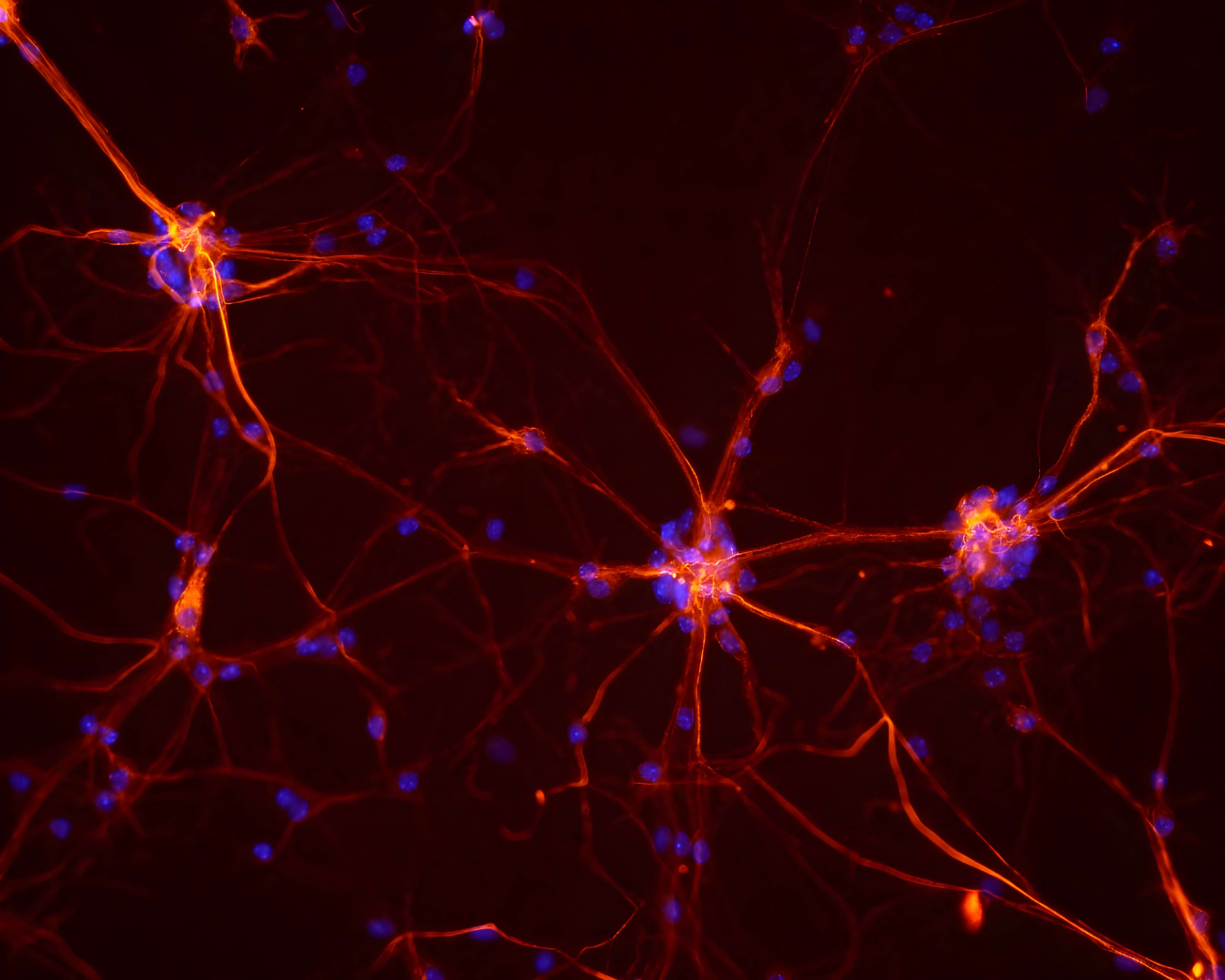Leuven scientists find promising new avenue for ALS therapy

Leuven scientists from KU Leuven university and the VIB Center for Brain and Disease Research have identified a potential new avenue in the battle against the neurodegenerative disease ALS. They discovered that microscopic antennas of cells, essential for receiving and processing vital signals, play a key role in the disease.
ALS, or amyotrophic lateral sclerosis, is a motor neuron disease that affects the function of muscle groups as motor neuron cells die. Patients gradually lose muscle strength, which can cause paralysis, swallowing problems and difficulty speaking and breathing. Typically, patients die within two to five years after the onset of symptoms. The disease affects about 6 to 7 people in 100,000 worldwide. In Belgium, about a thousand people suffer from ALS.
Despite intensive research, the exact cause of motor neuron cell death remains unclear and there are currently no effective treatments to reverse the progression of the disease. In a new study, Leuven scientists point to the importance of the dysfunction of cilia, microscopic antennas of cells, essential for receiving and processing vital signals.
From previous research, the scientists knew that the gene “C21orf2” is an ALS-related gene and that mutations in this gene can damage cilia in other disorders. They wanted to find out whether this was also the case in ALS and found that mutations in the gene do indeed impair the formation and structure of cilia. Motor neurons from ALS patients with these mutations had fewer cilia, and the “antennas” that remained were abnormally short.
“Because of this damage, the cilia no longer function properly,” explained Mathias De Decker, first author of the study. “We saw that an important signalling pathway became disrupted. Without this pathway, motor neurons struggle to form essential connections between nerves and muscles. Without these connections, muscles no longer work.”
The researchers conducted additional experiments to see if they could fix the problems. They found that if they could restore the amount of “C21orf2” in the damaged cells, this repaired the cilia function and the connections between nerves and muscles. “This suggests that addressing cilia malfunctions could become a possible new therapeutic approach for ALS,” stated KU Leuven professor Philip Van Damme.
#FlandersNewsService | Neurons in mice with a particular ALS-causing mutation © BELGA PHOTO NIH / IMAGE POINT FR / BSIP via AFP